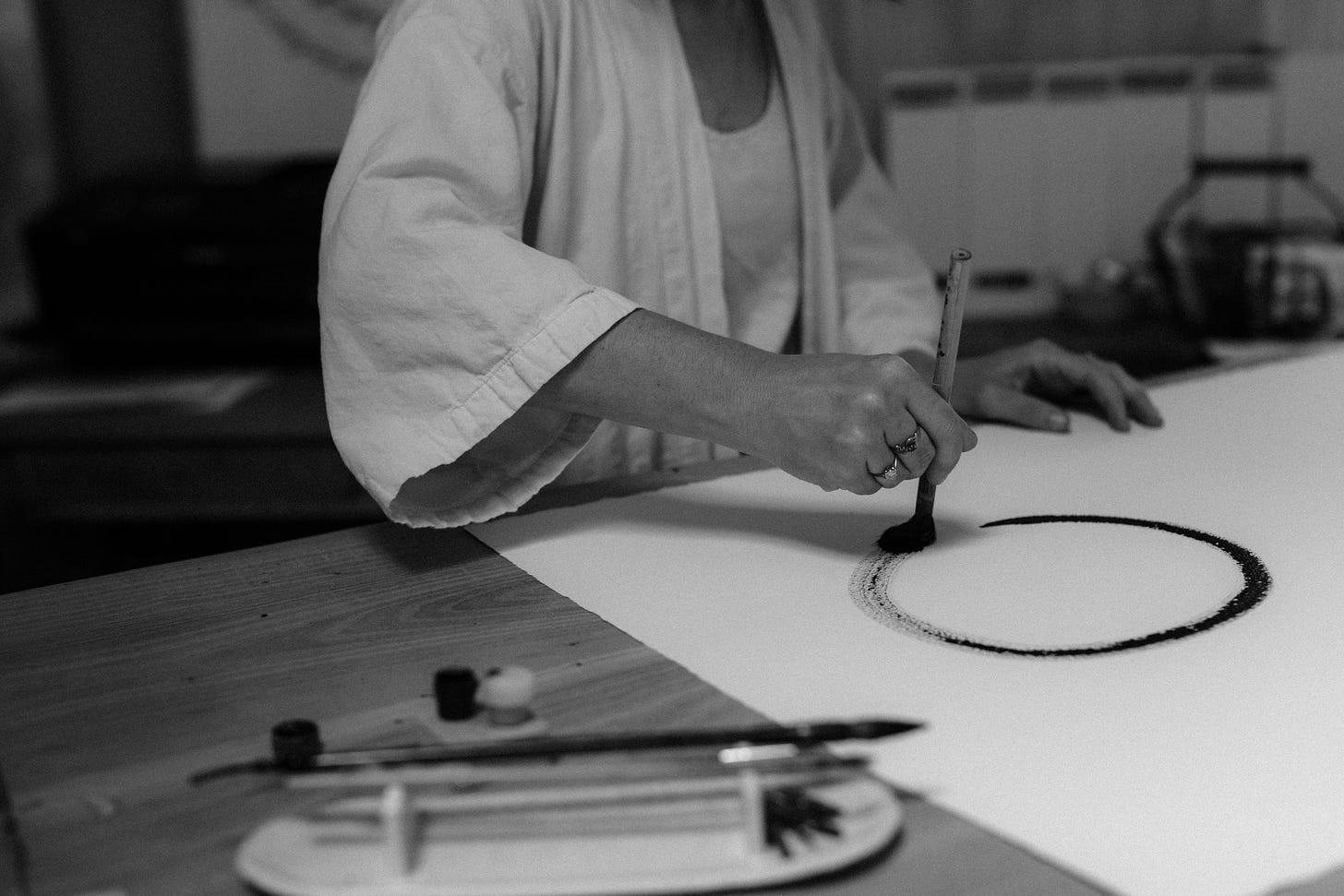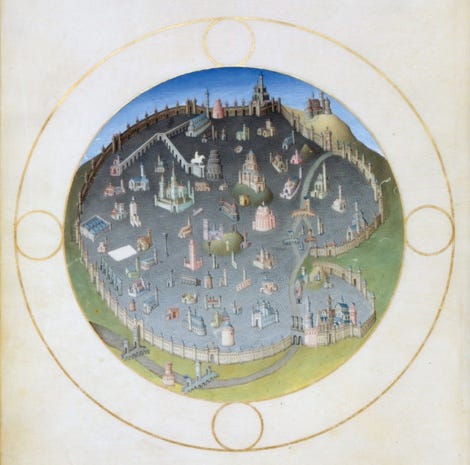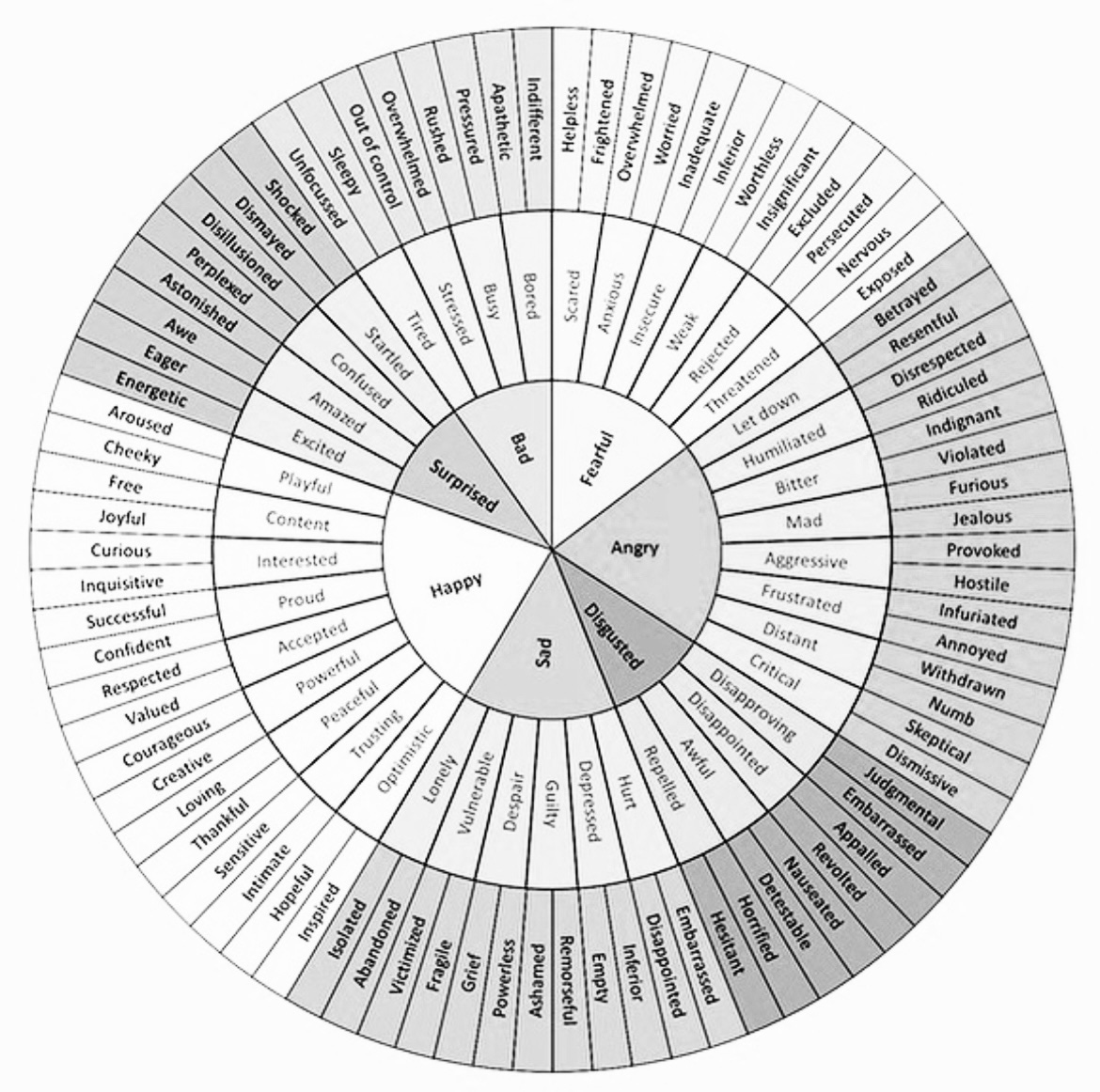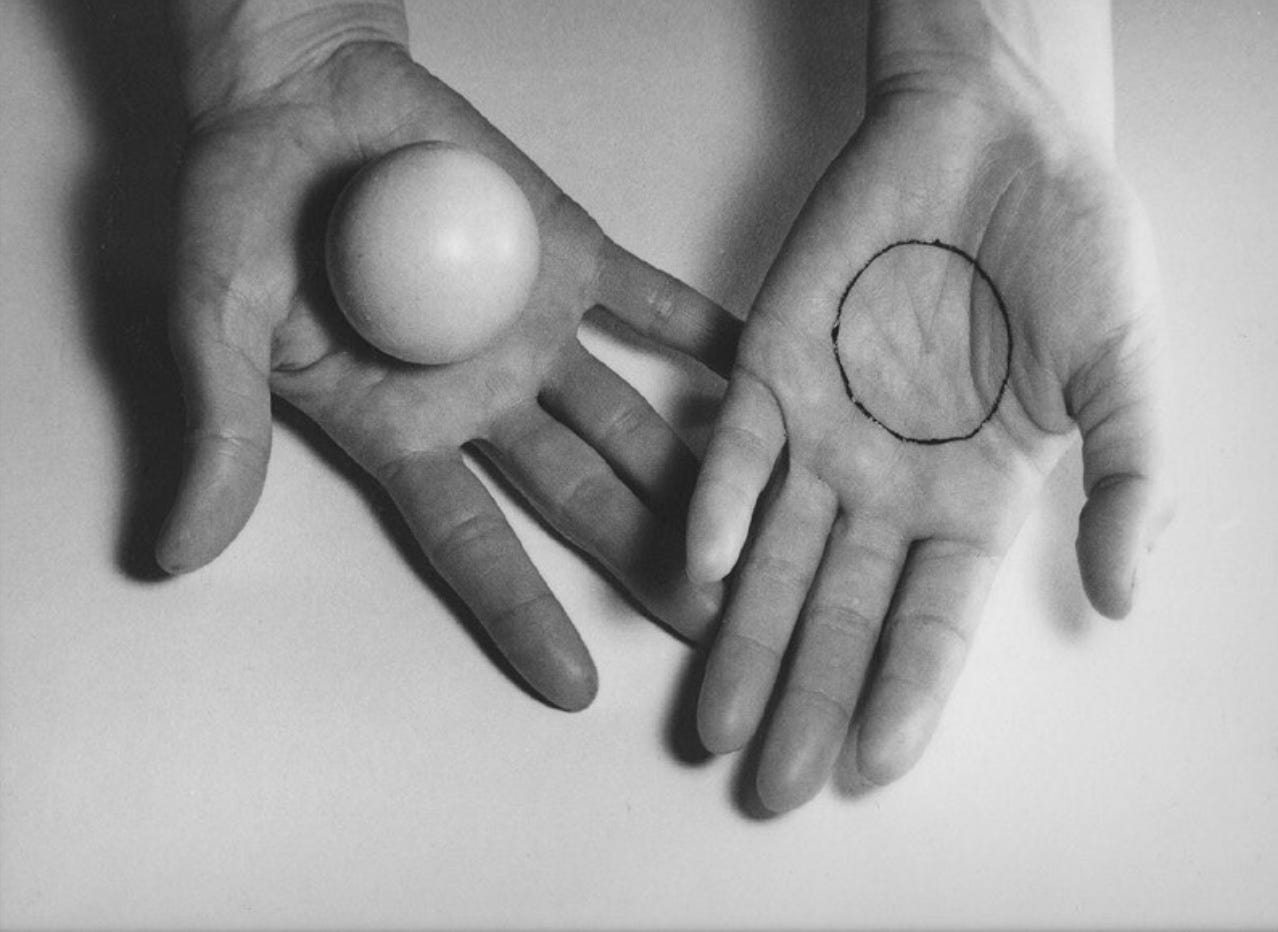I’m lying on my stomach on the floor in the sun with my knees bent and my feet above my knees. This is a quintessential position for me to read and write since I was young. Down this close to the ground, I always feel connected.
I want to be a person who notices deeply, contemplates, and allows inspiring information to move me. I want to let myself be changed. I want to try ideas, personas, food, attitudes, thoughts, feelings, experiences. I want to try.
The French word for essay is essai is translates in English to try. I love this and find my essays trying to circle a thought project. Ideas that reverberate in me from the dream world. This week I’ve been thinking about symbols and archetypes. I think about clichés too, and motifs, which are all ideas that have circulated in enough people’s lives. Patterns exist because of repetition. Some symbols are specific, a comb, for example, or an olive tree. Some symbols are widely circulated and experienced, like a circle. This is where I want to start with this symbol study.
“A symbol can be an agent of transformation in the human psyche. When one meditates on a symbol or an image, particular resonances are evoked from our personal associations with the symbol, as well as the cultural context from which we view the image.” —Harry Prochaska
A circle is an ancient symbol. In the introduction to the book Ensō: Zen Circles of Enlightenment, John Daido Loori shares that “As a symbol, the circle expresses the totality of our being. . . the circle points to the most vital aspect of our existence—its ultimate wholeness.” 1
A circle regulates and has a calming effect on our psyche. Just as when there is chaos on the conscious level, the psyche will bring to life the number eight (in dreams, in synchronicities, in you noticing it, etc.), the psyche will bring circles to soothe and give birth to the consideration that all is in divine order. Working with the mandala symbol in art can ease the chaos on the surface of the ego structure. This mandala work becomes a bridge between conscious and unconscious; a bridge that our wholeness depends upon. (I once had a dream a cake was cut into eight slices! Dreams are so cool!)
Carl Jung believed that “Every psychological expression is a symbol if we assume that it states or signifies something more and other than itself which eludes our present knowledge.”2
Eternity, heaven, perfection—the circle is the ultimate oneness. It never begins or ends. The center point of a circle is considered to be the fifth cardinal point. Earth, and seasons, too, are circles.
Among the most common petroglyphs and pictograms of ancient times before words, the circle represents cyclical nature, the wheel of generative power. Human beings are so cool—creating circular clay tokens to represent different symbols in the community and the inklings of language 5,500 years ago (3,500 BC)! 3
There is symmetrical stability within the circle's shape. And one of the things I find most irresistible about the circle symbol is its containment. I find that when studying symbols, even, the idea of circumambulating an image is critical in the analysis of the meaning. Putting the symbol in the center and looking at it from various points around the center has given me countless epiphanies. To stay with the symbol via circling it!
ALL DAY is a reader-supported publication with essays, letters, and thought projects. Your presence here is special to me, I love you & us. Your reciprocity means the world to this project. I invite you to become a paid subscriber. One reader writes: “Lindsey’s words are thoughtful and exquisite. All Day invites me into a deeper presence within myself and a greater communion with the magic of the world around.” —Sarah
I think of the “circle of knowledge,” or “circle of learning.” Circular learning offers a comprehensive or complete way of engaging with intellect. The “circle of life” or the “wheel of life” also speaks to the completeness of the symbol. The cycle of life: birth, life, death, then rebirth. The wheel of Dharma is a circle. The circle of feelings, too. Rainer Maria Rilke wrote in “Go to the Limits of Your Longing”
Let everything happen to you: beauty and terror.
Just keep going. No feeling is final.
In perpetual motion, in perpetual stillness, the circle is a dichotomy of essence. Both And. My very favorite wisdom comes to both/and. The ambiguity of both/and wisdom is where its gold lives.
The ensō and the ouroboros are my favorite examples of circles. The eternity in a moment, the moment in an eternity. But also a moment of authenticity and simplicity. The ensō has the perfection of the circle and the imperfection of wabi-sabi wrapped up in one stroke. When I circle a topic, even as meta as circling the circle, I often long to translate it to simplicity and everyday living. And that’s really what this publication is all about.
What if we could turn to nature in a more reverent way to see our own life in the same cyclical way? Would grief feel more natural? Would we feel more peaceful when a friendship naturally ebbs away? Would we feel more trusting if our hearts grew in a certain way and our lover needed space? Would we feel the essence of cycles when the women around us bleed each month? How can we embody the circle in our lives on the daily? Perhaps it's just a practice of noticing. Perhaps it means allowing. I feel comfort in allowing the circle symbol to continue, to sit centered.
I think about everyday images and objects regularly as an invitation to presence. I’m writing my thesis on this topic! My poems circulate everydayness.
Every day I eat on a circular ceramic plate and drink from the circular rim of a mug, both made on a circular pottery wheel. I wear gold necklaces around my neck, a circle within a circle. I use a variety of buttons in my daily life, on a silk shirt, and on the couch, my pants. The eyelets of my shoes, through which the laces fasten, are circles. A vase for my flowers, the lamp I switch on to read as the outside light wanes, the pot for cooking rice, steamer for warming vegetables to a tender al dente—all circles! Look around right now, can you even count the circles you see?
I’m aware that everything has the potential to be a symbol and a sign. Though as a very nearsighted interior creature, I find myself regularly balancing such seriousness with laughter and joy and simplicity. Years ago I got a piece of Brian Andreas art as a gift, it has since become a beacon of centering for me:
My meditations on everydayness, via images, objects, and ideas, are a source of grounding for me. It brings me out into the world around me and as a woman of joy, it’s important to balance my seriousness with a heavy dose of not taking things so seriously. Can you relate to any of this? In what ways are we kindred? Love you!
Yours Sincerely,
Lindsey
Other circle musings and prompts:
What are you circling right now?
How does the symbol of the circle amplify anything you are circling?
How can circles be more fun?
Look at this incredible circling the square art installation.
A poem prompt:
Start with the phrase: At the center . . .
Use the following ten words somewhere in your poem:
tooth
lift
spring
latch
leaf
broad
open
funnel
window
ear
Use the color charcoal









